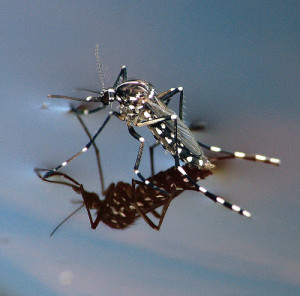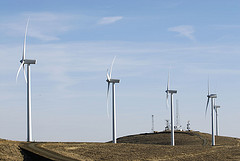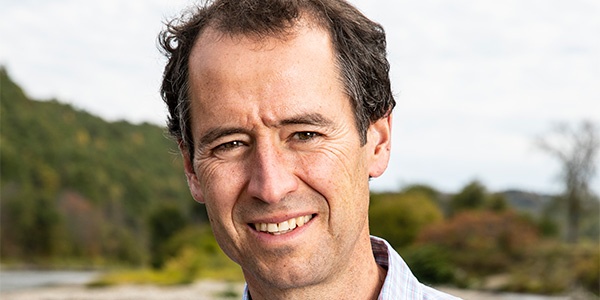We have much more to do and your continued support is needed now more than ever.
Collateral Damage: Pollinators, Climate Change and Zika
These bees – pollinators that work to ensure that many of our wild and domestic plants and crops get pollinated and are allowed to fruit – were not killed by colony collapse disorder, neonicotinoids or the varroa mite, which are often culprits in the recent decline in bee populations. Instead, they were collateral damage in spraying to control mosquitoes, which are carriers of Zika and other viruses. The Zika virus, which can cause serious birth defects when in pregnant women, has spread quickly from South America to the Caribbean, and now to southern Florida.

Climate Change and the Zika Virus
Sadly, these are the types of tragedies for wildlife and pollinators that we can expect more of due to climate change. Mosquitos thrive with warmer weather and heavier precipitation, something that the South and mid-Atlantic have seen far more of with climate change.
Warmer weather allows mosquitos to expand their range. It also extends the period of time during the year in which mosquitoes can thrive. In Miami, where Zika has already arrived, the mosquito season is 20 days longer than it was in 1980. In Baltimore and Durham, N.C, the mosquito season is nearly 40 days longer than it was a generation ago.
Warm weather mosquitoes that can carry Zika may be able to carry the disease all the way to New York, with it becoming a permanent fact of life in Florida, which now has an almost year round mosquito season.
Impacts to Pollinators and Other Wildlife

The primary mosquitoes that carry the disease, Aedes aegypti, can breed in bottle caps and thrive in domestic environments. As such, they are difficult to control with spraying. Given the severe risks of Zika, spraying in areas where the mosquito is present is a justified public health measure.
However, the pesticide that is used to control these mosquitoes, Naled, does not just kill mosquitoes. Cornell University reports that it is highly toxic to bees, has perhaps caused liver damage in rats, is moderately toxic to birds, and is toxic to most types of aquatic life, with species like minnows and bluegill being especially sensitive. Naled can also cause neurological problems in people.
As the range for disease carrying mosquitoes spreads, and the mosquito season in most places lengthens, we are going to see more spraying in more places. While mosquito control measures may be necessary to minimize horrible health impacts like birth defects, they will have high costs for pollinators and other wildlife.
Spread of the Zika virus and Zika carrying mosquitoes have other consequences for wildlife and outdoor enjoyment. A survey has shown that 1 in 4 Americans already have plans to alter outdoor activity due to concerns over Zika. This means that less people may feel comfortable hunting, fishing, hiking or otherwise enjoying nature, especially during lengthening mosquito seasons. As people feel less comfortable engaging with nature, the tourism and recreation industries that depend on such activities will suffer.

The death of these bees and the spread of Zika are further reminders that actions to slow climate change are needed for people and wildlife. While we can’t stop these impacts completely, we can take actions like implementing the Clean Power Plan, putting a price on carbon, and bringing responsible renewable energy on-line quickly to limit the spread of disease carrying mosquitoes and the harms that come with them.
Take Action






















